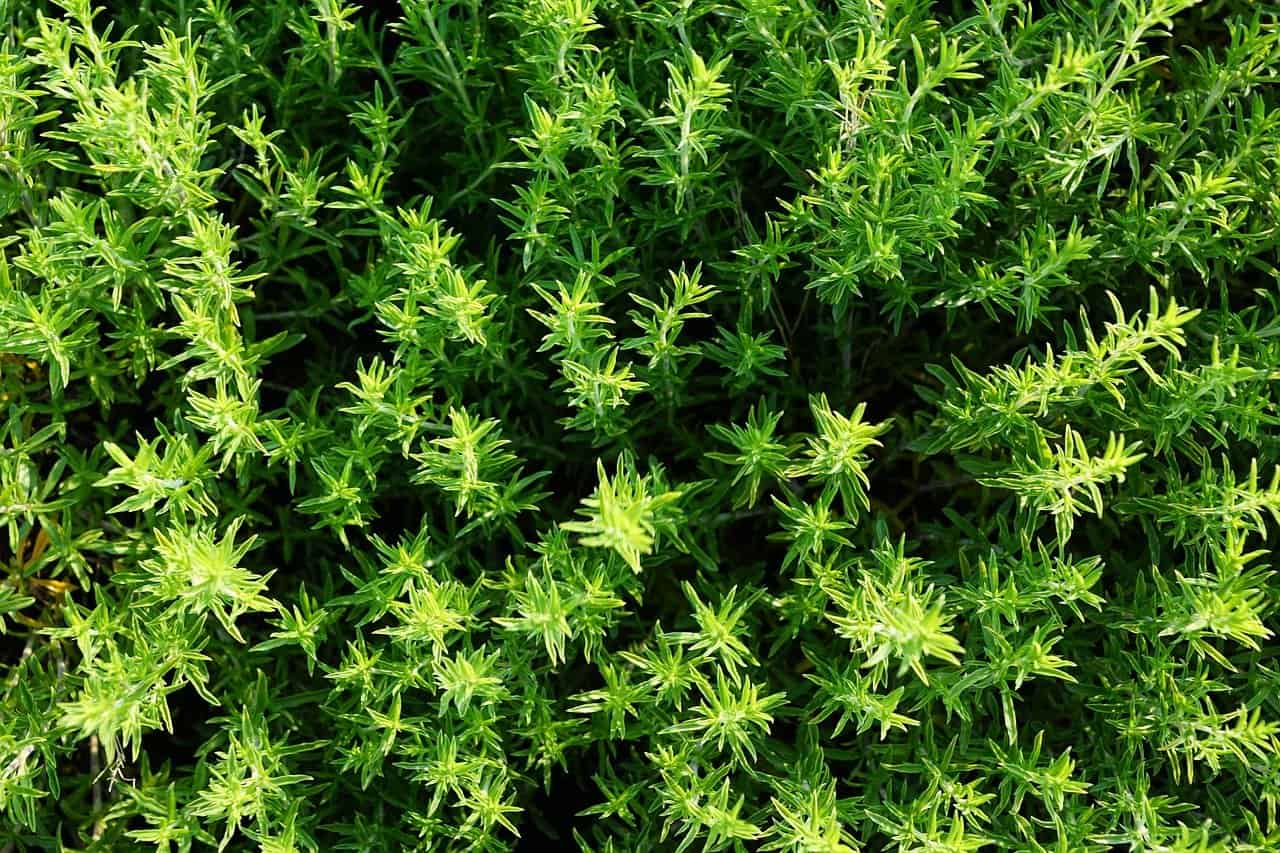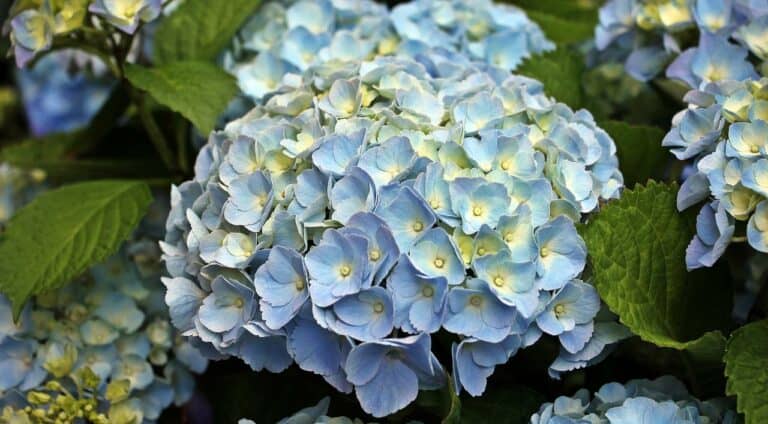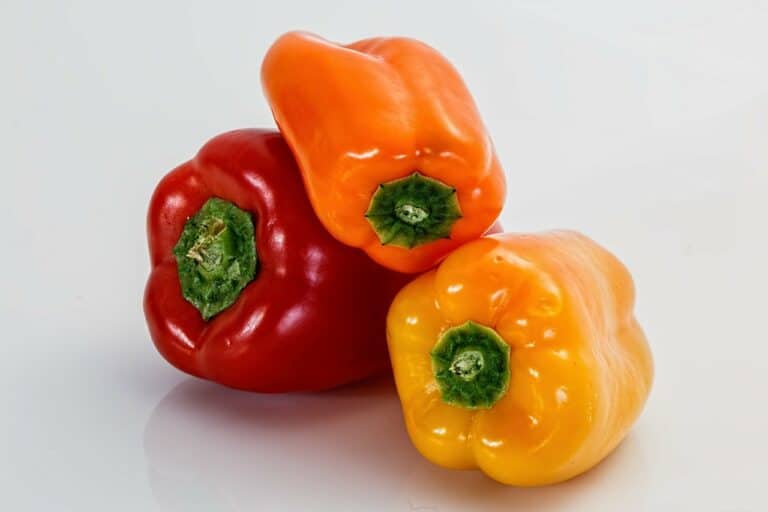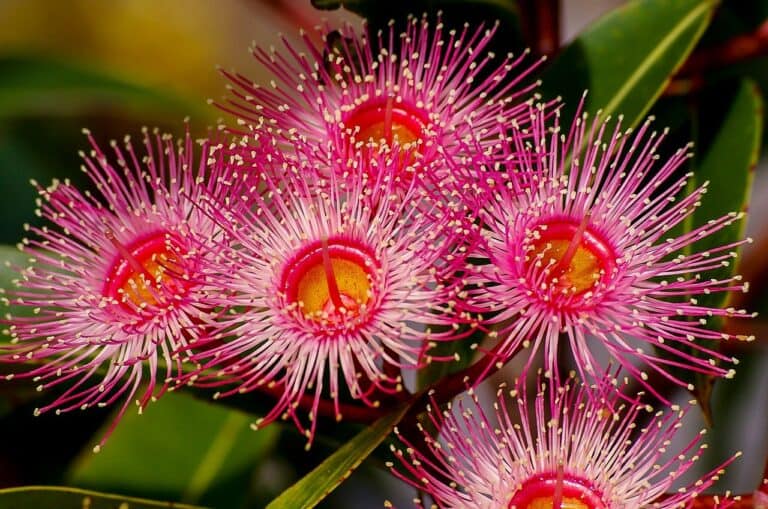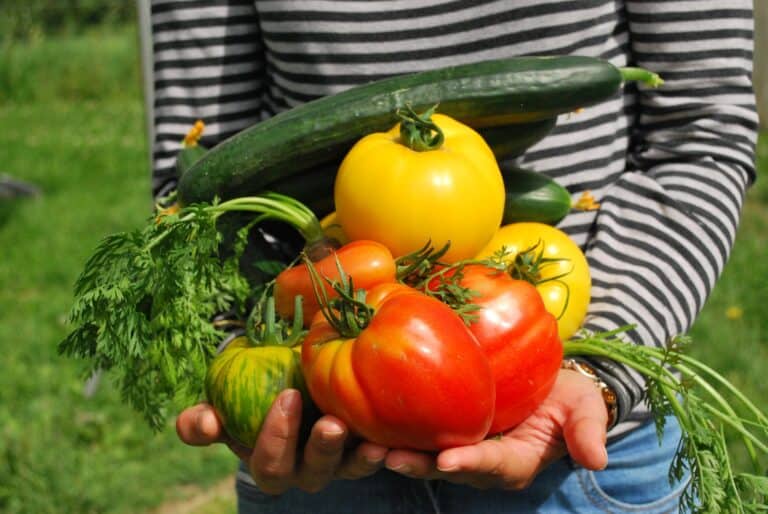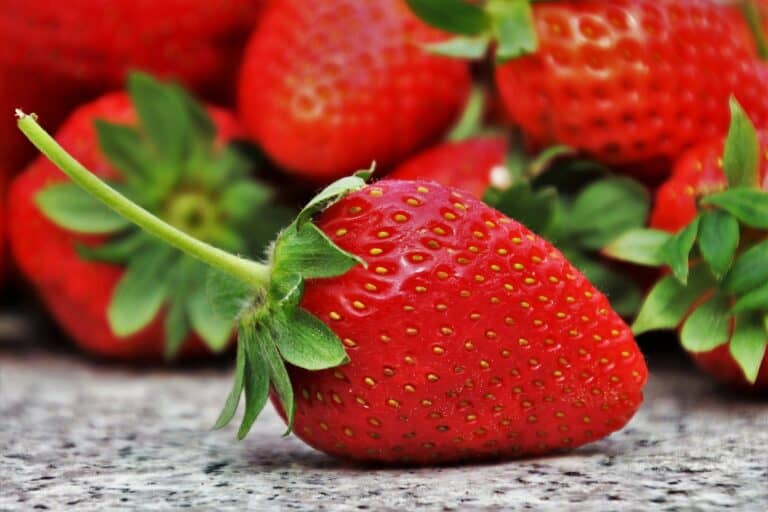Table of Contents
Thyme Plant – Evergreen Plant
How Would You Describe The Thyme Plant?
The thyme plant is a colorful, ornamental, and highly aromatic plant. Thyme falls in the category of herbs and is highly aromatic. It is an evergreen plant and belongs to the mint family. It is native to the Mediterranean part of the world. This plant has a distinct scent resembling the fragrance of mint and clove. Its aromatic leaves spread scent in the garden. Many of their vanities are creeping in nature and low growing. It has many uses in daily life like; culinary and medicinal. It is interesting to know that the ancient burnt it for religious worship in their worship places. It was all in ancient times used to take a bath with it.
How Does Thyme Plant Look?
The thyme plant is not very tall. It goes maximum up to 12 inches in height. It has a woody and stiff stem. The leaves of Thyme are small, gray-green, and oval-shaped. The flowers are tiny and have pretty white colors. So it is a short herb with a distinct fragrance and perennial plant.
Why Grow Thyme?
Many people want to grow plants, but they become worried about its care. Indeed plants wish to care to maintain their growth and remain healthy. But when it comes to thyme plant, you should not be worried. Thyme plants need less care and often resist stressful conditions.
What Are The Benefit of The Thyme Plant
Thymes have many uses. People predominantly use it for cooking purposes. However, it has medicinal uses too. Besides these, it has many other benefits: Thyme is good for gardeners in many ways.
1.- Helps in Pollination by Attracting Insects:
Thyme has attractive flowers. It attracts many beneficial insects. Insects help in pollination, i.e., carrying pollen grains from one flower to another. Lacewing is an example, and their larvae act as predators for many insects like aphids, caterpillars, whiteflies, etc.
2.- Control Soil Erosion.
Due to its deep-rooted nature, the soil remains intact and does not erode with rain. It has fibrous root growth and can go deep up to 2 feet. It makes the area strong and can not be affected by rain or water flow. Gardeners want to preserve the fertility of the soil that can be affected by erosion. But growing Thyme can save your garden. So for what are you waiting? Grow it!!!!
3.- Thyme Is a Good Pest Repellent:
Because of their strong scent, it makes confuse and prevent the pest from attacking the desired crop. For information, insects have a smell and are attracted by plants by relating certain smells. Thyme plant scent detracts them from their desired crop.
4.- Medicinal Uses:
This plant has many medicinal uses and is considered a natural remedy. It has antiviral and antiseptic properties. People used it for cough, common cold, flu, bronchial infections, etc.
5.- Culinary Uses of Thyme:
It can be used fresh and in dried form. It has a distinct smell. The leaves, flowers, and oil are generally used to flavor foods.
Does Thyme Come Back Every Year?
As mentioned above, Thyme is a plant that needs less care and management. So Thyme can regrow itself after cutting. In addition, Thyme is a perennial plant and does not need to be replanted each year. Just prone it, even severely, it will regrow and come back next year. So the answer is yes, Thyme comes back every year.
Where is The Best Place to Grow Thyme?
Once you have decided to grow Thyme, the next possible question is where to keep it? Or where is the best place to grow Thyme? The simple answer is FULL SUN. Thyme is a sun-loving plant. It needs full sunshine to grow best. So choose a sunny area and warm spot in the garden. Full sunlight of more than 6 hours is to be provided for the best growth of this plant.
How Do You Care for Outdoor Thyme?
When planting it outdoor, you should keep care of the following tips.
Provide full sunshine: Keep it in a warm and sunny spot. Sunshine has direct effects on its aroma and flavor. It grows best in hot conditions and likes full sunshine.
Watering: It does not need constant watering. Most of their varieties are drought-resistant. Apply water only if the soil seems dry.
Soil and pH: Check the soil drainage often. It does not need much soil amendment; however, you may need fertilizer applications like compost in early spring. Maintain a neutral pH, i.e., 7.
Spacing: Thyme spread vigorously. Therefore, you must space it appropriately—plant from 12 to 24-inches apart based on the particular variety.
Harvesting: To ensure that you get the most potent flavor, harvest it before the plant blooms. Trimming your thyme plant gives more strength to it. In reality, the more you cut your Thyme back, the bigger it will grow. Cut new stems in the morning and leave some challenging, woody pieces
Avoid wet environment: Wet conditions are not suitable for most herbs. Wet conditions are more dangerous than the cold in winter. You can mulch your plant to avoid excessive cold or wetness. But don’t mulch the plants at the start of winter.
Pest Control: Remove weeds and other debris. It will eliminate another alternate host pest.
The most common insect pests that attack the plant include Aphids as well as spider mites. Be attentive and careful, and adopt the following common-sense and safe approach to control the pests:
- Remove plants that are infested with a disease by securely bagging them and placing them into the garbage.
- Release some beneficial insects that are commercially available to destroy harmful insects.
- Treat areas of pests by using diatomaceous earth, neem oil, or any other organic pesticides.
That’s all about the thyme plant. By knowing these facts and figures, you will be able to grow this distinct scented plant in your garden. Start to grow Thyme in your garden and let it fill your garden with this fragrant herb.


